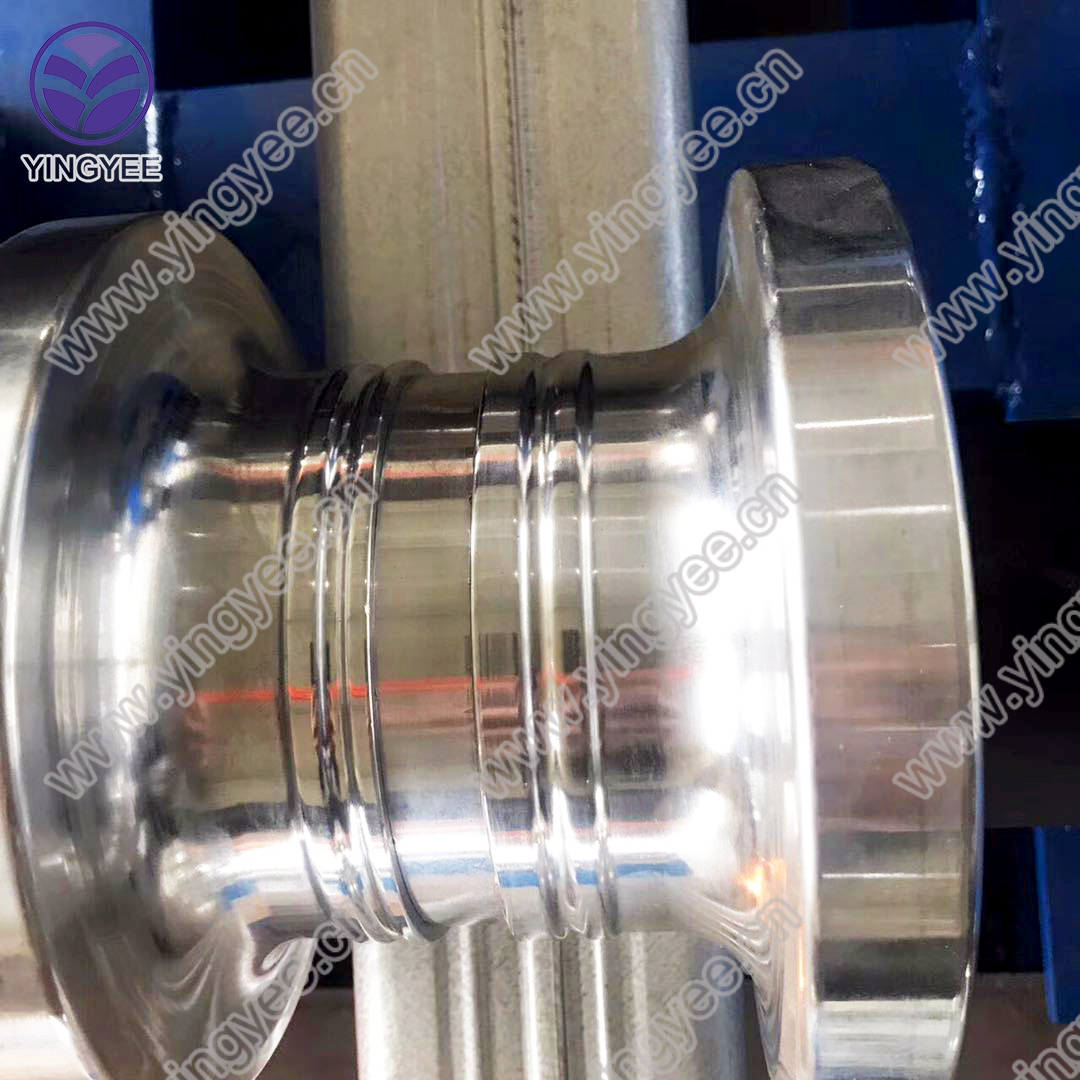
FrameCAD rollformers are advanced machines designed for the efficient production of cold-formed steel components, which are widely used in the construction industry. These machines enable the fabrication of structural steel framing elements such as floor joists, wall studs, and roof trusses, providing significant advantages in terms of speed, cost, and structural integrity.
Additionally, FrameCAD rollformers are designed for flexibility and adaptability. They can be configured to produce a variety of profiles in different sizes, accommodating the diverse needs of various construction projects. This versatility is particularly valuable in a market that increasingly demands customized solutions to meet specific architectural designs. Whether building residential homes, commercial buildings, or industrial structures, FrameCAD rollformers can deliver tailor-made components that enhance the entire construction process.

Moreover, the speed at which FrameCAD rollformers operate is a significant advantage. Traditional methods of constructing steel frames often involve lengthy processes, but with rollformers, steel components can be produced rapidly and on-site, allowing for faster construction timelines. This efficiency not only helps to save time but also reduces labor costs, making projects more economically viable.
Another aspect worth noting is the sustainability factor. Using cold-formed steel is an environmentally friendly choice, as it involves recycled materials and can be fully recycled at the end of its life cycle. FrameCAD promotes sustainability in the construction industry by facilitating the use of eco-friendly materials and processes.
In conclusion, FrameCAD rollformers represent a significant advancement in construction technology. Their precision, flexibility, speed, and sustainability make them an invaluable asset for modern builders. As the construction industry continues to evolve, the capability of FrameCAD rollformers to produce high-quality steel components efficiently will play a crucial role in meeting the challenges of tomorrow’s architectural ambitions.